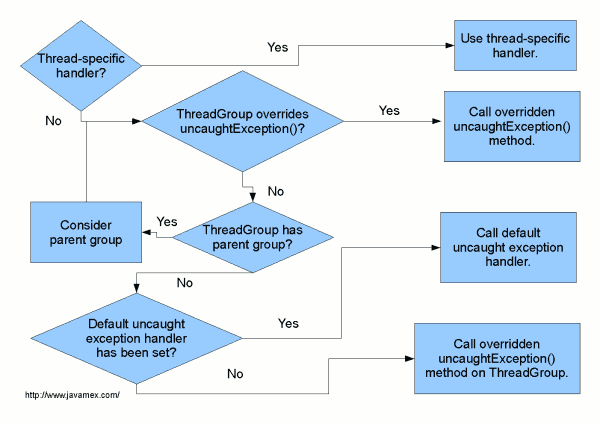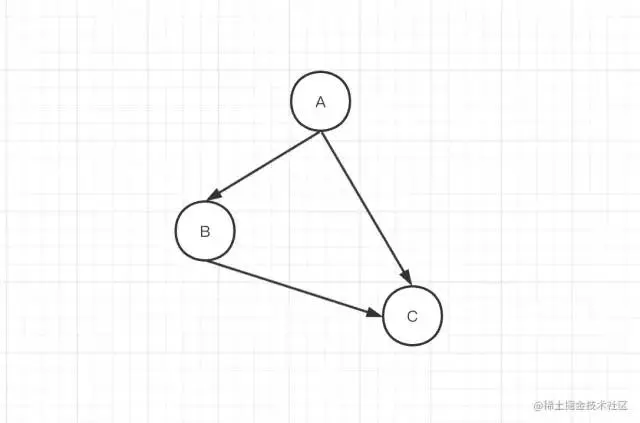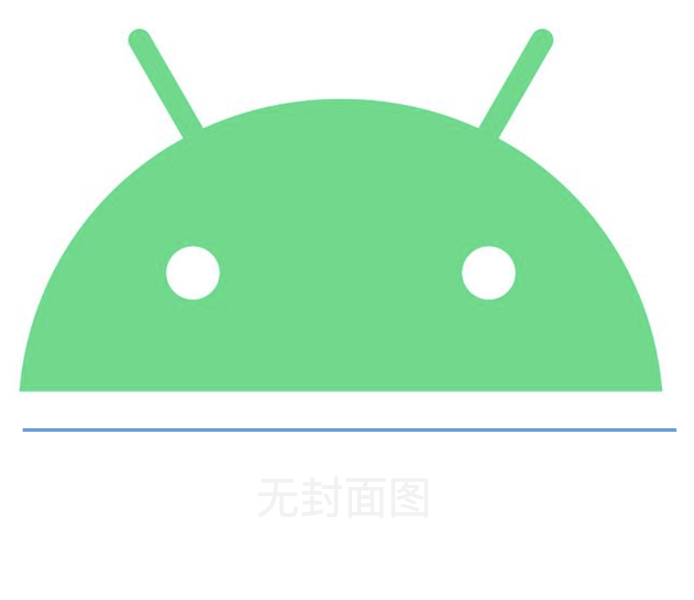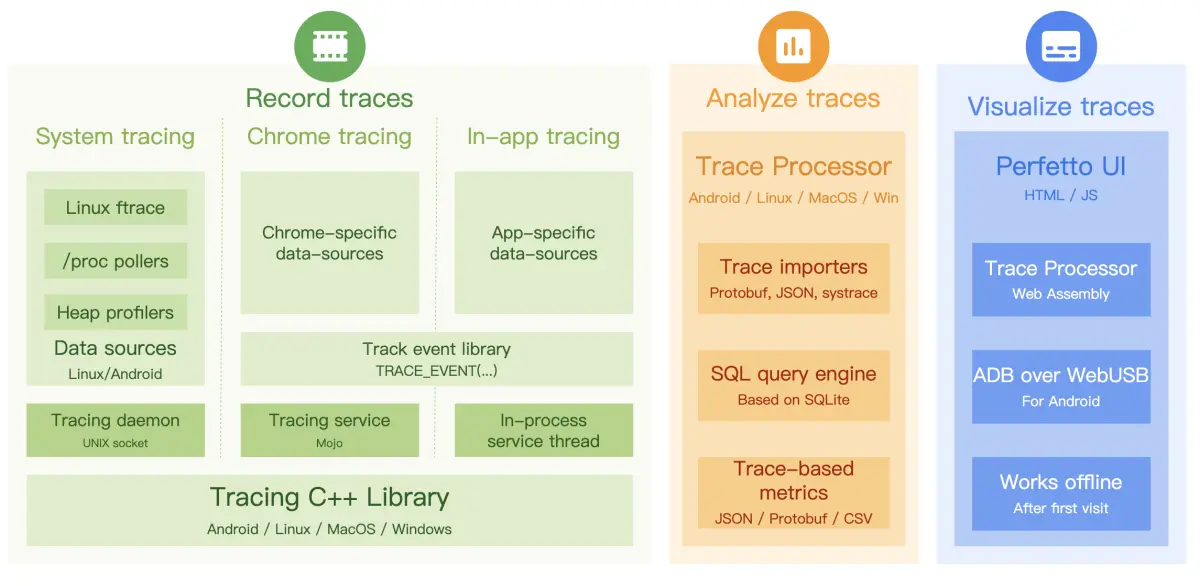什么是未捕获异常
未捕获异常指的是我们在方法体中没有使用try-catch捕获的异常,比如下面的例子
|
1 |
private static void testUncaughtException(String arg) { |
|---|
上面的代码很有可能发生如下情况
- 如果方法参数arg传递null,会出现NullPointerException
- 如果参数arg传递内容为空的字符串(“”),会出现ArithmeticException
对于上面的问题,我们不难发现
- 上面可能出现的NullPointerException和ArithmeticException都属于Unchecked Exceptions
- 而ArithmeticException被我们人为try-catch捕获了,它不符合本文对于未捕获异常的定义
- NullPointerException 由于我们没有catch住,就变成了我们要聊的未捕获异常
- 另外,未捕获异常实际是Unchecked Exceptions的子集
UncaughtExceptionHandler 是什么
- 它是线程遇到未捕获异常的一个处理者接口
- 它包含一个方法
void uncaughtException(Thread t, Throwable e);用来处理接收处理异常发生后的操作,比如收集崩溃信息并上报等 - 可以通过 实例方法
Thread.setUncaughtExceptionHandler为某一个Thread实例设置未捕获异常处理者 - 也可以通过 静态方法
Thread.setDefaultUncaughtExceptionHandler设置所有Thread实例的未捕获异常处理者
ThreadGroup 是什么
- ThreadGroup 是线程的集合
- ThreadGroup 也可以包含子ThreadGroup
- 除了初始的ThreadGroup 之外,每个ThreadGroup都有一个父 ThreadGroup
- ThreadGroup 自身实现了Thread.UncaughtExceptionHandler,用来相应处理其内部的线程和ThreadGroup发生未捕获异常。
未捕获异常处理者 设置指南

线程发生了未捕获异常,JVM怎么处理
分发Throwable实例
当线程A中出现了未捕获异常时,JVM会调用线程A的dispatchUncaughtException(Throwable)方法
|
1 |
/** |
|---|
获取未捕获异常处理者
- 每个线程会有一个变量(uncaughtExceptionHandler)来保存未捕获异常的处理者
- 在线程需要确定Throwable分发目标的处理者时,优先获取当前线程中uncaughtExceptionHandler变量
- 如果出问题线程的uncaughtExceptionHandler为null(即没有显式设置异常处理者),则使用自己所在的ThreadGroup来作为未捕获异常处理者。
|
1 |
/** |
|---|
如果Throwable分发给ThreadGroup
- ThreadGroup会尝试转给它的父ThreadGroup(如果存在的话)
- 如果上面没有找到对应的ThreadGroup,则尝试获取
Thread.getDefaultUncaughtExceptionHandler()并分发
|
1 |
/** * The
* * Applications can override this method in subclasses of |
|---|
将上面的处理流程做成图的形式,就是下图所示

注:上述图片来自https://www.javamex.com/tutorials/exceptions/exceptions_uncaught_handler.shtml
Questions
初始的ThreadGroup是什么
上面提到了初始的ThreadGroup没有父ThreadGroup,是主线程所在的ThreadGroup么?
这个问题,我们可以通过这样一段代码验证
|
1 |
private static void dumpThreadGroups() { |
|---|
执行该方法对应的输出是
|
1 |
dumpThreadGroups threadGroup=main |
|---|
因此我们可以发现,初始的ThreadGroup是一个叫做system的ThreadGroup,而不是main ThreadGroup
setDefaultUncaughtExceptionHandler 设置的一定会被调用到么
这其实是一个很好的问题,答案是不一定会被调用,因为可能存在以下的情况
- 出问题的线程设置了对应的UncaughtExcpetionHandler,优先响应分发到这个Handler
- 出问题的线程所在的ThreadGroup包括其祖先ThreadGroup 重写了uncaughtException 也可能造成线程默认的Handler无法被调用
- 出问题的线程重写了dispatchUncaughtException 可能性较小
- 出问题的线程重写了getUncaughtExceptionHandler 可能性较小
参考声明
1、本站所有资源均从互联网上收集整理而来,仅供学习交流之用,因此不包含技术服务请大家谅解!
2、本站不提供任何实质性的付费和支付资源,所有需要积分下载的资源均为网站运营赞助费用或者线下劳务费用!
3、本站所有资源仅用于学习及研究使用,您必须在下载后的24小时内删除所下载资源,切勿用于商业用途,否则由此引发的法律纠纷及连带责任本站和发布者概不承担!
4、本站站内提供的所有可下载资源,本站保证未做任何负面改动(不包含修复bug和完善功能等正面优化或二次开发),但本站不保证资源的准确性、安全性和完整性,用户下载后自行斟酌,我们以交流学习为目的,并不是所有的源码都100%无错或无bug!如有链接无法下载、失效或广告,请联系客服处理!
5、本站资源除标明原创外均来自网络整理,版权归原作者或本站特约原创作者所有,如侵犯到您的合法权益,请立即告知本站,本站将及时予与删除并致以最深的歉意!
6、如果您也有好的资源或教程,您可以投稿发布,成功分享后有站币奖励和额外收入!
7、如果您喜欢该资源,请支持官方正版资源,以得到更好的正版服务!
8、请您认真阅读上述内容,注册本站用户或下载本站资源即您同意上述内容!
原文链接:https://www.dandroid.cn/20795,转载请注明出处。






评论0